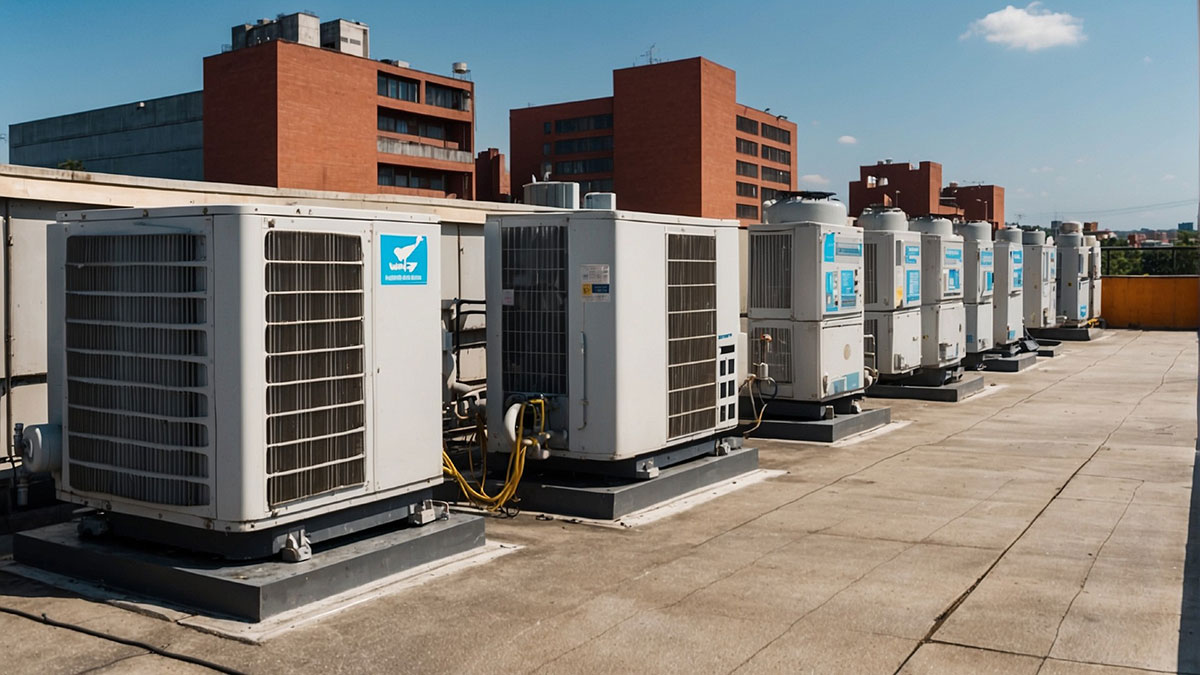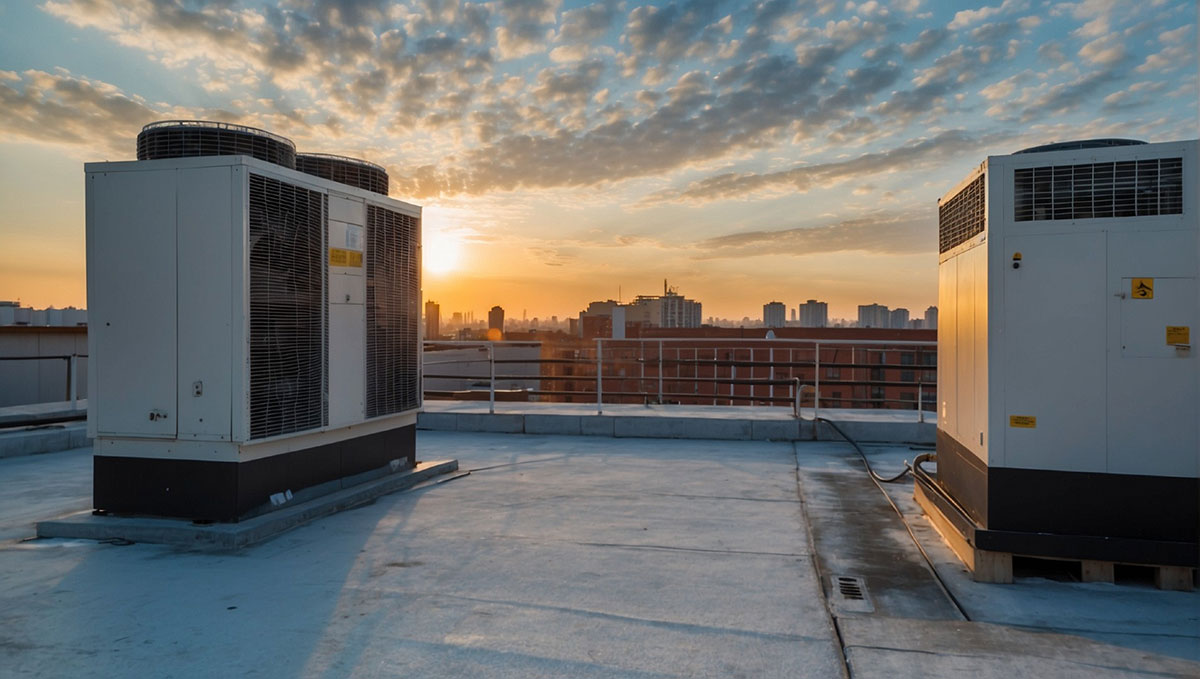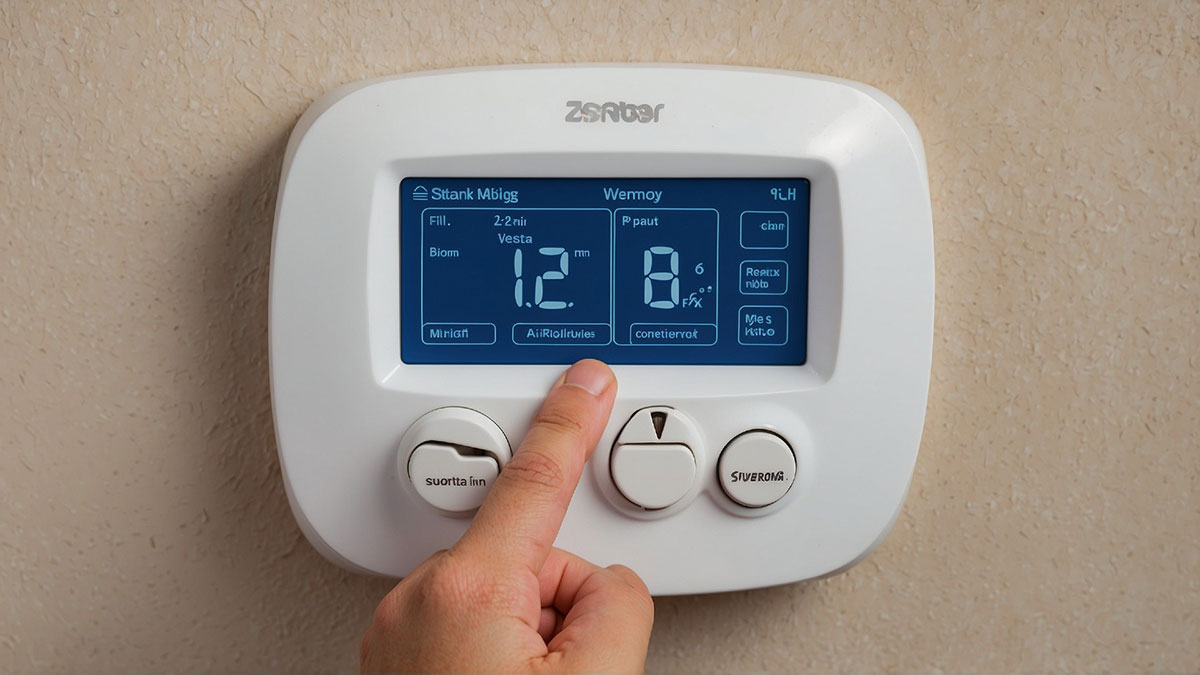Climate-control systems have the function of regulating the temperature, humidity and air quality in indoor spaces. There are five main types of climate-control systems: air-air, air-water, water-water, water-air and aerothermal. Each of these systems has specific characteristics and applications and the choice of one or the other depends on factors such as local climate, building type and user preferences.
–Air-to-air climate-control: This system uses air to transfer heat. A common example is traditional air conditioning, which cools the air and distributes it through ducts to cool the interior of a building.

–Air-to-water climate-control: In this system it is the air that transfers heat to the water. For example, an air-to-water heat pump extracts heat from the outside air and transfers it to a water circuit, which is then used to heat the building via radiators, or underfloor heating.
–Water-to-water heating: In this case, water acts as a means of heat supply and return. For example, a ground source heat pump system extracts heat from the ground through a water circuit and uses it to heat the building through a heat exchanger.
–Water-to-air climate-control: Now, it is the water that transfers heat to the air. A centralised air-conditioning system that uses boilers to heat water, which circulates through heating coils in air-conditioning units to heat ducted air, is an example.

–Aerothermal: This system harnesses thermal energy from outside air to provide heating, cooling and domestic hot water. It works by means of a heat pump that extracts heat from the outside air in winter to heat the interior, and in summer, removes the heat from the interior and releases it to the outside air to cool the building.
By Ángel Ibáñez Pérez, senior MEP engineer in the Architecture Department of Amusement Logic






